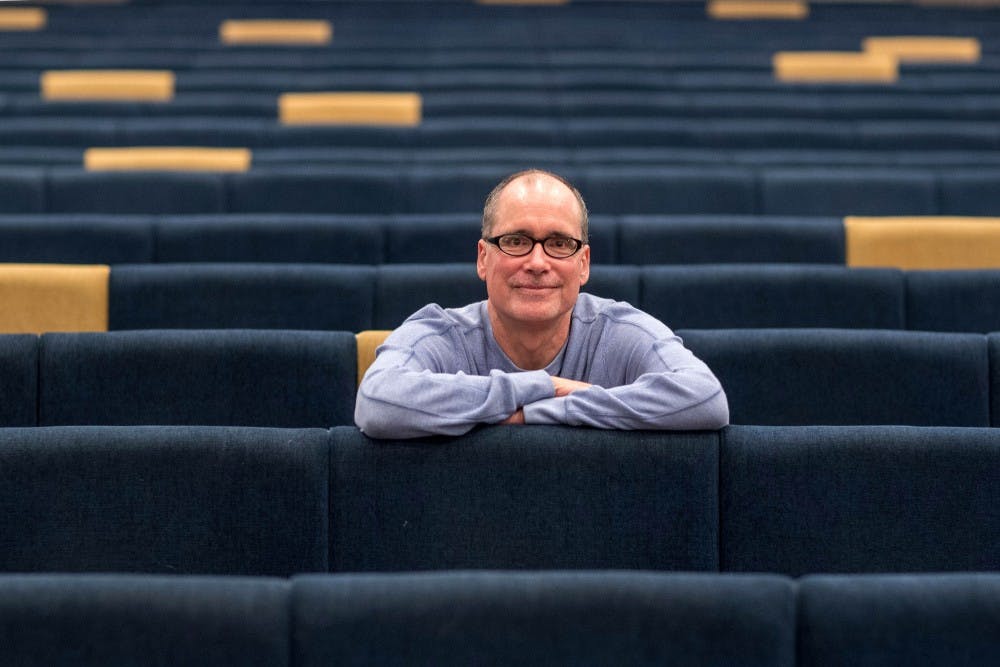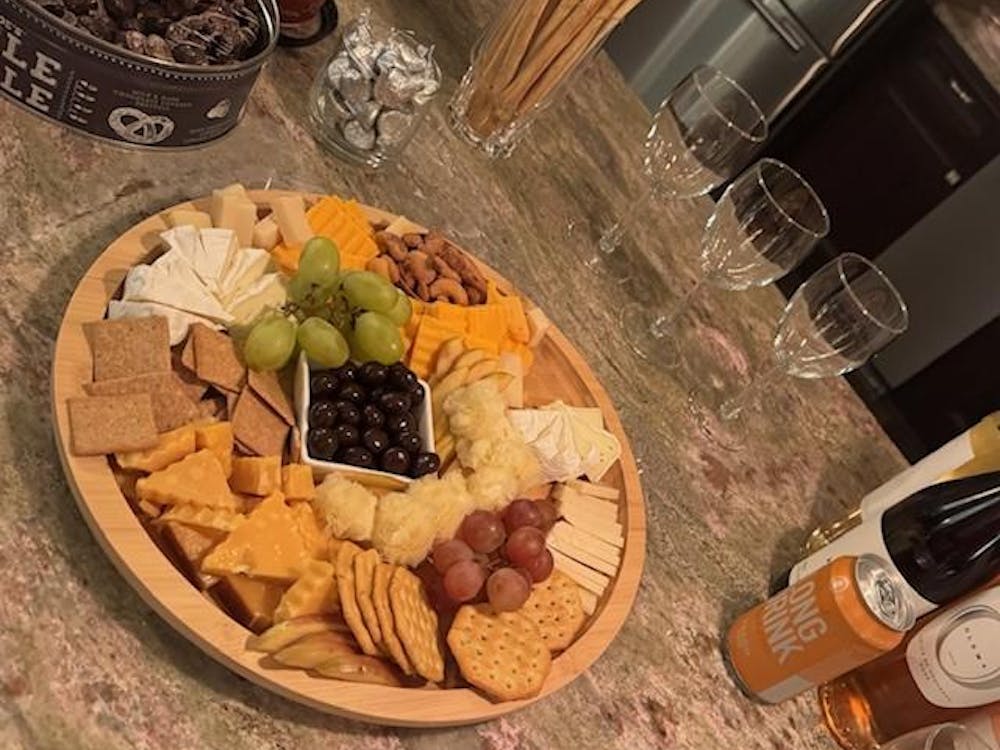Media Studies Prof. William Little will be teaching a class titled “White Out: Screening White Supremacy,” in spring of 2018. The curriculum will focus on films that either critique or are based in the history of white supremacy in their form or content.
The course is open to 30 students and will be taught in a discussion-style seminar. Little said he has thought deeply about the titling of the course. He said he didn’t want to title it as just “screening white supremacy,” as it could leave ambiguity as to whether or not he would be condoning or critiquing white supremacy.
“I should be very clear that I’m critiquing it,” Little said. “The ‘white out’ helps in terms of explaining what I'm up to, in terms of outing whiteness.”
Little listed films such as “Get Out,” “White Ribbon,” “Gone with the Wind” and the half hour VICE documentary about the events of Aug. 11 and 12 as films around which he will likely center the class, although there are many he could assign.
“One could say that white supremacy is at issue in every Hollywood film,” Little said. “So I’m faced from the beginning with this daunting task of trying to narrow the focus. And I’m struggling with how to do this.”
Little said much of the impetus for the introduction of this course was in response to the events of Aug. 11 and 12, where white supremacists rallied in Charlottesville for what they claimed was a protest of the removal of the Robert E. Lee statue from Emancipation Park. Charlottesville City Council voted to remove the statue in February 2017 after many community members said the statue was a symbol of white supremacy and that removing it would serve as a rejection of the institution of slavery that the Confederacy defended. The city has been unable to remove the statue due to an ongoing court case.
“It is a monument of a man on a horse, so it’s connected to themes of imperialism and themes that are drawn out in the western,” Little said. “I was really interested in how it was that the monument was the ostensible spark for August 11 and August 12.”
One of the themes of the course will be exploring film as monument.
“I’d also like to figure out a way to address this issue of monumentality in the wake of all this debate about monuments,” Little said. “And what we are then to do with a film that’s considered, from a certain point of view, deeply problematic, flawed or threatening. Should we not show it?”
He mentioned a controversy in which a Memphis movie theater refused to show “Gone with the Wind” because of the film’s controversial depiction of racial dynamics and interactions during the Civil War. Little’s class will delve into this debate about what to do with problematic films and how to treat them as artifacts without condoning their message.
The class will explore multiple genres, from documentary to horror to western to comedy. It will focus for the most part on American film, since that is Little’s expertise.
Some of the major themes of the course will pull from the other classes that Little teaches on American Western films, the TV show “Breaking Bad” and American gangster films. White supremacy is a theme in all of these classes, according to Little.
“I teach a course on American gangster films, and often the gangster as we study that figure is a non-white, non-Anglo-Saxon figure who is struggling to try to break in, assimilate or resist,” Little said.
Little said that he will explore themes of colonialism, imperialism and racism in the screening white supremacy class through the lens of the American Western film.
Little said he was excited about all the interdisciplinary reading he has ahead of himself between now and January in order to prepare for this course. He also anticipated the potential difficulty of keeping students engaged with such a somber topic.
“I want the students to approach the films with the kind of eagerness that they do in my other classes, and I’m worried that the knowledge that this is about white supremacy is going to make for a challenge there,” Little said.
Little also mentioned the challenge of teaching a course on white supremacy as a white male.
“That’s a challenge,” Little said. “I’m going to have to acknowledge that inevitably, I come to this practice and this material with blind spots and biases that probably need outing.”
Students are admitted into the class by instructor permission only. While Little needs to allow a certain number of Media Studies majors into the course, it is open to anyone. He wants the class to be diverse in terms of race, gender and academic perspectives, which is not evident on SIS but can become apparent when students meet with Little to express interest in the class.
“I also want to give students who really value film studies an opportunity to be in the class,” Little said.
This spring 2018 course will likely be the first iteration of a continued course.
Little said the class will be taught in the Media Studies department because that is where his expertise is, but he certainly hopes other departments will host classes exploring similar themes of analyzing white supremacy.
Little said he hopes his course will better racial dynamics at the University, though he does not presume to be fixing the situation through his course.
“I know that film can’t necessarily change the world. But I also know that the view of film and the study of film are important in terms of enabling people to think about the possibilities of telling different stories and of hearing different voices and rethinking their own values,” Little said. “This is a modest intervention with pedagogical aspiration.”
Third-year College student Sophie Punke is enrolled in Little’s course for the upcoming semester. Punke said she is currently enrolled in Little’s “Shooting the Western” course and loves the discussion-based teaching style.
“His style of teaching that really stresses cultivating an environment in which students, rather than the professor, drive discussion, really resonated with me,” Punke said.
Punke also said she thinks the course content of Little’s upcoming class is important.
“‘Screening White Supremacy’ really resonated with me because I think film has been such an important but often unexamined tool in perpetuating white supremacy,” Punke said. “It’s something that I think members of privileged groups in particular need to be more acutely aware of.”







